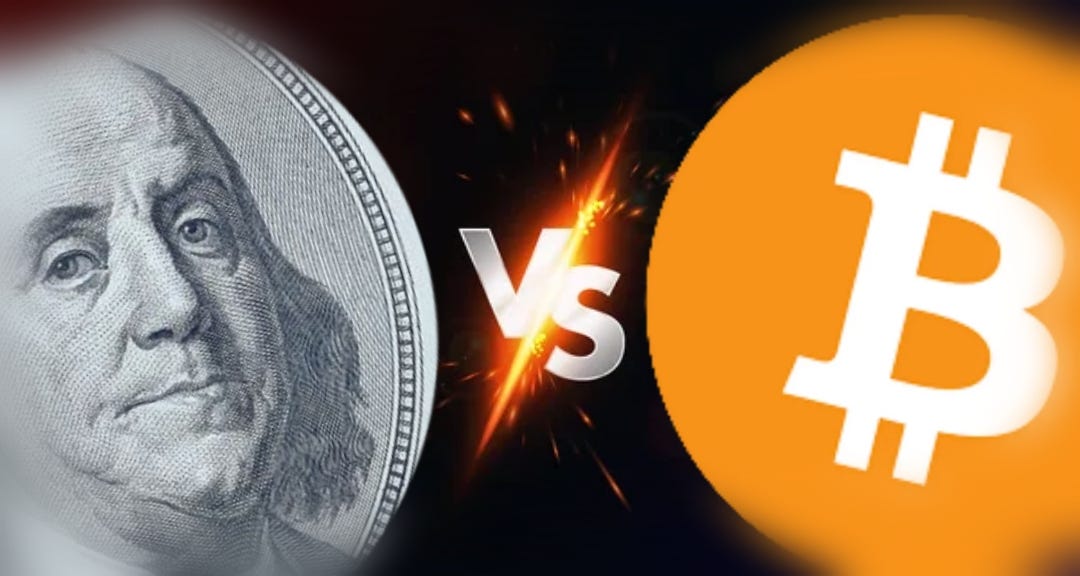*In the World of Digital Assets, Cash Still Holds Sway*
Bitcoin, often hailed as the king of cryptocurrencies, has garnered a significant following, with enthusiasts believing it addresses issues associated with traditional currencies, especially the U.S. Dollar (USD). However, a closer look reveals that the dynamics at play are more intricate than they may seem.
**The Federal Reserve Note: More Than Just Money**
At the heart of the matter is the nature of the USD. Contrary to conventional understanding, the U.S. Dollar, in the form of the Federal Reserve Note, isn’t just a form of money – it’s a representation of debt. Derived from the negative, its value stems from a promise to pay, essentially functioning as a form of IOU. It’s a financial instrument, akin to a bank check, with the backing of the United States’ economic prowess.
**Bitcoin’s Ascent and Real-World Relevance**
While Bitcoin has gained prominence, especially in online discussions and on platforms like Twitter, its real-world adoption is a different story. In many everyday scenarios, cash remains the preferred medium of exchange. From local transactions to global trade, tangible currency in the form of banknotes holds significant sway.
**Global Acceptance of Cash: Examples Abound**
Travel to various parts of the world, and you’ll quickly find that cash is universally accepted. Street markets, local vendors, and even established businesses often prefer or exclusively deal in cash transactions. The practicality, immediacy, and wide acceptance of physical currency contribute to its continued prevalence.
**Reliance on USD in Global Relief Efforts**
The U.S. Dollar, despite its debt-based nature, plays a crucial role in global relief efforts. As a major global player, the United States leverages its currency to provide aid and support to various regions in times of need. The USD’s status as a global reserve currency underscores its importance in international trade and financial…
